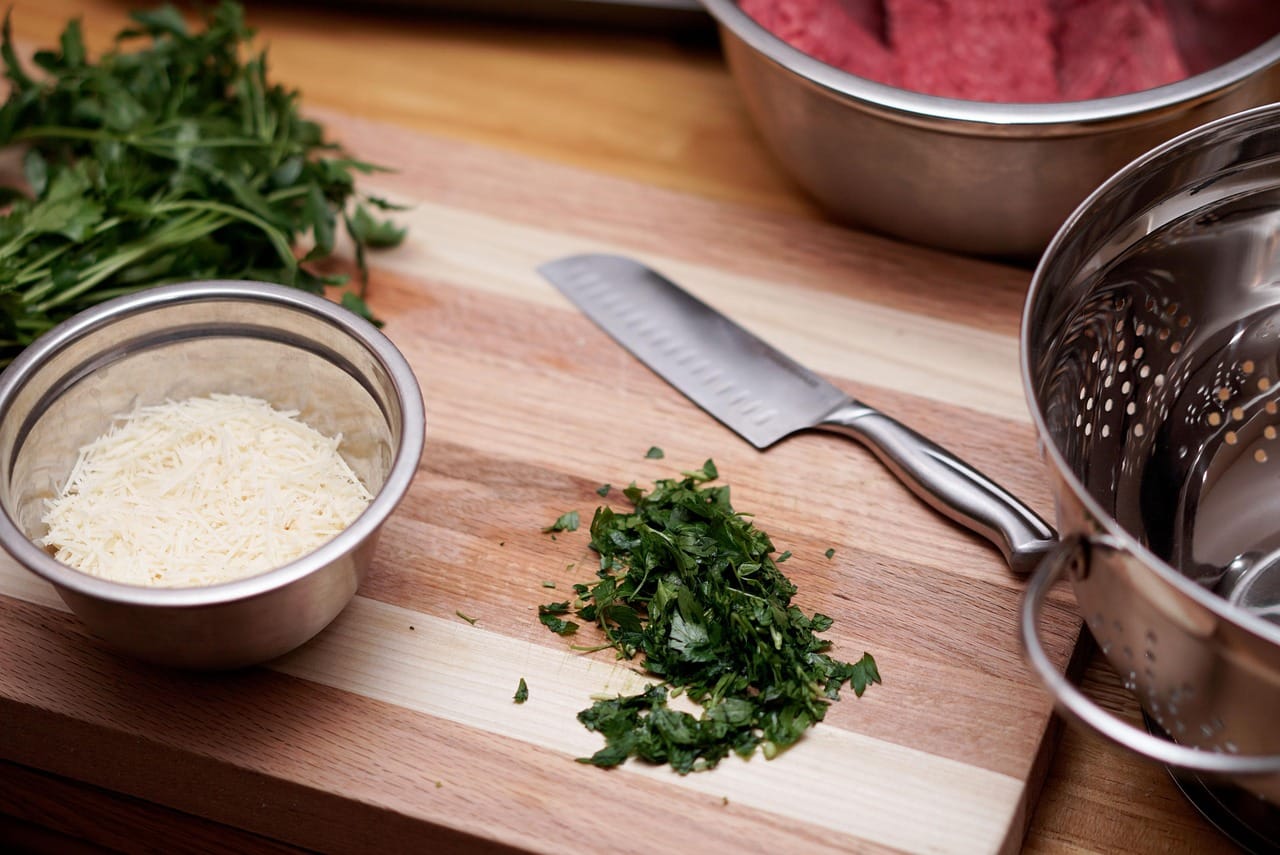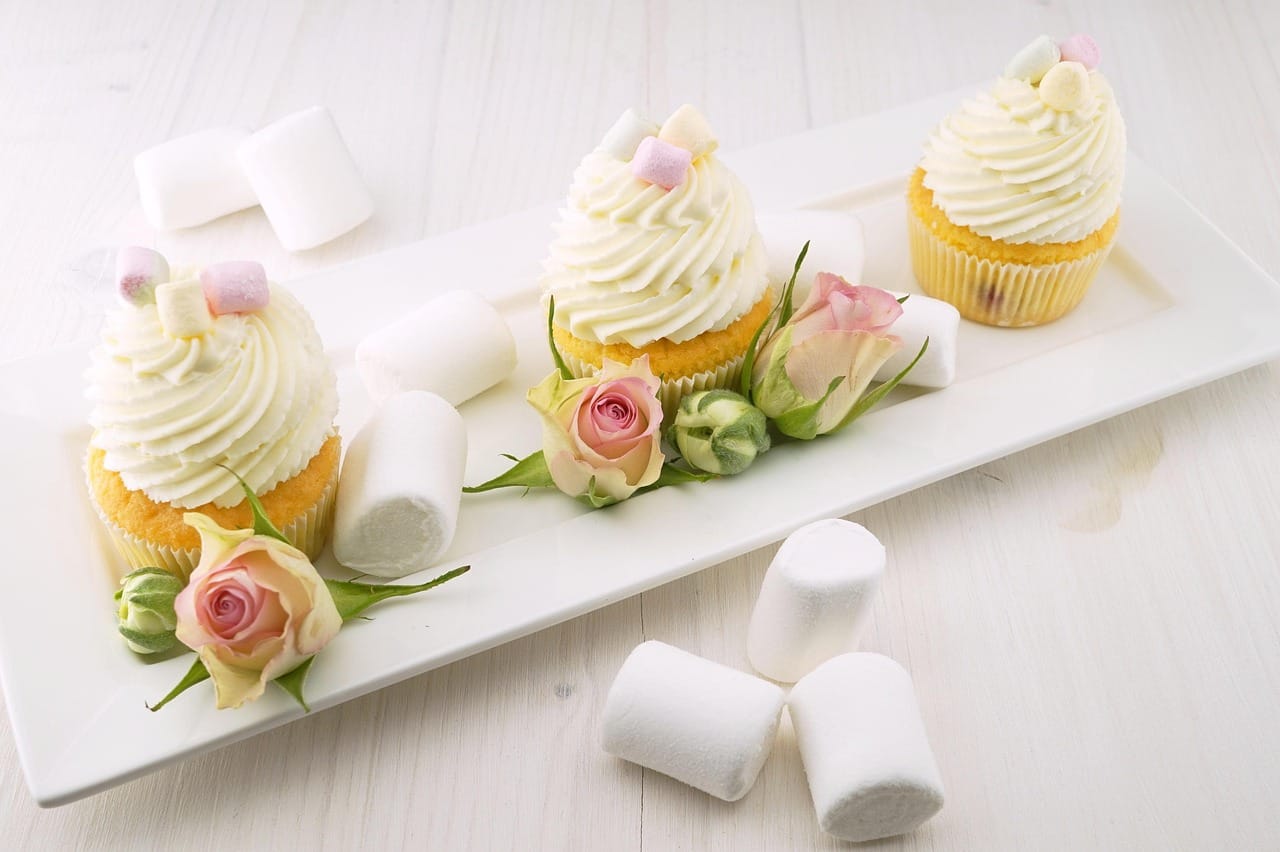Cheese straws: those savory, buttery, and often spicy little delights that elevate any gathering from casual to charming. Whether served as a sophisticated appetizer, a crunchy snack alongside soup, or even a whimsical garnish, cheese straws bring a delightful texture and flavor to any occasion. This humble treat has a rich history and endless variations, making it a favorite across generations and geographical locations. Let’s delve into the wonderful world of cheese straws!
A Crispy History of Cheese Straws
Origins and Evolution
The exact origins of the cheese straw are debated, but it’s generally believed that they originated in the Southern United States, likely during the 19th century. They were a way to use leftover pastry dough and cheese scraps.
- Originally a simple, thrifty snack, cheese straws have evolved into a gourmet item.
- Early recipes often included just flour, butter, cheese, and a pinch of salt.
- Over time, cooks began experimenting with spices like cayenne pepper, paprika, and garlic powder.
- Different types of cheese, from sharp cheddar to Parmesan, became popular additions.
Regional Variations
While cheese straws are predominantly associated with the South, their popularity has spread, leading to regional variations.
- Southern US: Typically made with sharp cheddar cheese and cayenne pepper for a spicy kick.
- United Kingdom: Similar savory biscuits, sometimes called “cheese straws,” are popular, often using mature cheddar.
- Other regions: Chefs around the world have adapted the recipe, incorporating local cheeses and spices. For example, one might use Manchego cheese and smoked paprika for a Spanish-inspired straw.
The Art of Making Perfect Cheese Straws
Essential Ingredients
The key to perfect cheese straws lies in using high-quality ingredients.
- Flour: All-purpose flour is the most common choice, but some recipes call for pastry flour for a more tender result.
- Butter: Use cold, unsalted butter for the best texture and flavor. The cold butter creates flaky layers when baked.
- Cheese: Sharp cheddar cheese is a classic, but experiment with other cheeses like Gruyere, Parmesan, or pepper jack. Pre-shredded cheese is convenient but freshly grated cheese melts more evenly.
- Spices: Cayenne pepper is a must for a classic Southern cheese straw, but other options include garlic powder, onion powder, paprika, and black pepper. A pinch of salt is also crucial.
- Optional: Some recipes include a small amount of milk or cream to help bind the dough.
Step-by-Step Instructions
Creating cheese straws at home is easier than you might think!
Troubleshooting Tips
- Dough too dry: Add a little more liquid (milk or cream) one tablespoon at a time, until the dough comes together.
- Dough too sticky: Add a little more flour, one tablespoon at a time, until the dough is easier to handle.
- Cheese straws not crispy: Ensure the oven temperature is correct and bake until golden brown. Don’t overcrowd the baking sheet.
- Cheese straws too soft: They may not have been baked long enough. Return them to the oven for a few more minutes.
Creative Variations and Serving Suggestions
Flavor Innovations
Don’t be afraid to experiment with different flavor combinations to create your own signature cheese straws.
- Herb Infused: Add finely chopped fresh herbs like rosemary, thyme, or chives to the dough.
- Spicy: Increase the amount of cayenne pepper or add other spicy ingredients like chipotle powder or red pepper flakes.
- Garlic Parmesan: Use Parmesan cheese and add garlic powder or minced garlic to the dough.
- Smoked Paprika: Add smoked paprika for a smoky and savory flavor.
- Everything Bagel Seasoning: Sprinkle everything bagel seasoning on the cheese straws before baking for a unique twist.
Serving Ideas
Cheese straws are incredibly versatile and can be served in a variety of ways.
- Appetizer: Serve cheese straws as an appetizer with dips like hummus, guacamole, or a creamy cheese spread.
- Soup Accompaniment: Serve cheese straws alongside a bowl of tomato soup or other creamy soups.
- Salad Garnish: Crumble cheese straws over a salad for added texture and flavor.
- Cheese Board Addition: Include cheese straws on a cheese board for a salty and crunchy element.
- Snack: Enjoy cheese straws as a simple snack on their own.
Health Considerations and Storage
Nutritional Information
While delicious, cheese straws are relatively high in fat and sodium. It’s important to enjoy them in moderation.
- A serving of cheese straws (approximately 5-6 straws) typically contains around 150-200 calories, 10-15 grams of fat, and 200-300 milligrams of sodium.
- Consider using lower-fat cheese or reducing the amount of butter to make a slightly healthier version.
- Look at portion size to maintain a healthy diet.
Storage Solutions
Proper storage is essential to keep cheese straws crisp and flavorful.
- Airtight Container: Store cooled cheese straws in an airtight container at room temperature for up to a week.
- Freezing: Cheese straws can be frozen for up to 2 months. Thaw them at room temperature before serving. To refresh day-old cheese straws, put them in a 350 degree oven for 3-5 minutes.
Conclusion
Cheese straws are more than just a snack; they are a symbol of Southern hospitality and culinary creativity. With their crispy texture, cheesy flavor, and endless variations, they are sure to be a hit at any gathering. Whether you follow a classic recipe or experiment with your own unique flavors, the art of making cheese straws is a rewarding experience that will bring joy to your taste buds and those you share them with. So, grab your ingredients, preheat your oven, and embark on a cheese straw adventure today!




